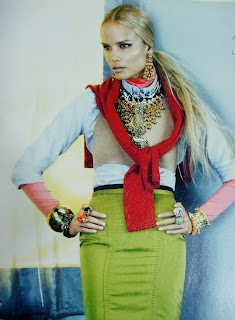As a kid I really wanted to be a geologist. Those career aspirations eventually gave way to (shortlived) dreams of being a tadpole but not before I’d amassed a collection of fossils, rocks and minerals to rival that of the Natural History Museum. The collection still exists at my ever-patient parents’ place, and my fascination with the tecchy side of gemology remains. I’ve been doing a bit of research on diamonds so here’s some fun facts…
Shape – Refers to the general outward appearance of a diamond. Popular shapes include Round, Princess, Emerald, Marquise, Oval, Pear, Radiant, Asscher and Heart.

Cut – Refers to the diamond's reflective qualities which are in turn down to the symmetry, proportioning and polish of its facets. There are 3 types of diamond cut: Brilliant, Step and Mixed.
Crown – The top portion of a diamond extending from the girdle to the table.
Pavilion – The lower portion of the diamond, below the girdle. The relationship between the crown angle and the pavilion angle has the greatest effect on the look of the diamond.
Girdle – The narrow band around the widest part of a diamond that separates the crown from the pavilion.
Table – The large, flat top facet of a diamond.
Culet – A flat face on the bottom of the pavilion. Although optional culets are common on modern brilliant cut diamonds.
Depth – The height of a gemstone from the culet to the table.

Fire – Flashes of colour that are a function of a diamond’s dispersive qualities, i.e. its ability to split white light into its component spectral colours. A diamond's fire is determined by the crown height and angle, and the size and number of facets that compose it.
Brilliance – The amount of white light reflected back to the viewer. Like fire, a diamond’s brilliance is only apparent after cutting.
The Round Brilliant and the evolution of the Ideal CutAlthough the history of diamond cutting can be traced back to the Middle Ages, it wasn’t until the development of better diamond saws and jewellery lathes at the start of the 20th Century that more complex cuts came into existence.
In 1919 London-based engineer and mathematician, Marcel Tolkowsky, wrote his Masters thesis on the proportions necessary to create the perfect Round Brilliant – a cut that was new then, but which is still regarded as the diamond standard today.
Constructing mathematical models (whose complexities are way beyond the remit of this post, but which – in a nutshell – maximise brilliance and fire) he created a blueprint for the perfect gem and christened it the Ideal Cut.

Over the years Tolkowsky’s model (which applies only to Round Brilliant diamonds) has undergone many improvements. In its modern incarnation the Ideal Round Brilliant consists of 58 facets (33 on the crown 25 on the pavilion) and is seen as the diamond-cutting benchmark in North America.
Things are complicated somewhat by the fact that while the facet count is standard, the actual proportions vary. Consequently there are now at least six Ideal Cuts in existence.
Hearts and ArrowsThis phenomenon is the visual effect achieved in a Round Brilliant cut diamond that boasts perfect symmetry and angles. When viewed down through the pavilion under special magnifying viewer (or gemscope) such a diamond shows a pattern of eight hearts. Eight arrows appear when the stone is viewed through the table.
Rarer than hen’s teeth, a Hearts and Arrows grading in conjunction with an Ideal Cut grade accounts for less than 1% of all diamonds cut.

































.jpg)













